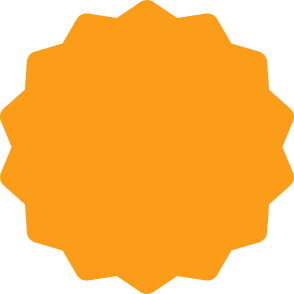What Is Woven Fabric?
Woven fabric is a textile created by interlacing two sets of yarns—warp (lengthwise) and weft (crosswise)—at right angles on a loom.
This construction produces a stable, firm material with limited stretch, making woven fabrics strong and durable. The way the yarns cross affects the texture, pattern, and overall characteristics of the fabric, allowing for a wide variety of looks and uses.
Types of Woven Fabrics
- Plain Weave: The simplest and most common weave, with warp and weft yarns crossing alternately, creating a tight and balanced fabric.
- Twill Weave: Recognizable by diagonal lines on the surface, twill weave offers durability and a softer drape.
- Satin Weave: Characterized by a smooth, glossy surface with fewer interlacings, resulting in a shiny and luxurious finish.
- Basket Weave: A variation of plain weave where two or more yarns are grouped and woven together, producing a textured and breathable fabric.
- Herringbone Weave: A broken twill pattern that forms a zigzag effect, often used in suiting and outerwear.
The Difference Between Knitted and Woven Fabric
1. Fabric Construction
Woven Fabric: Created by weaving two yarn sets perpendicular to each other, producing a sturdy and stable textile structure.
Knitted Fabric: Formed by interlocking loops of yarn in continuous rows, resulting in a fabric with inherent elasticity and pliability.
2. Flexibility and Stretch
Woven Fabric: Offers minimal stretch, primarily noticeable diagonally (along the bias), due to its tightly interlaced threads.
Knitted Fabric: Exhibits natural stretch in several directions because of its looped design, making it highly flexible.
3. Strength and Longevity
Woven Fabric: Known for its robustness and durability, making it suitable for garments requiring shape retention, such as trousers and blazers.
Knitted Fabric: While it provides comfort and ease of movement, it is more susceptible to pulls or snags, ideal for casual and athletic wear.
4. Surface Feel and Visuals
Woven Fabric: Typically presents a smooth, crisp surface with clear, defined weave patterns that give a polished appearance.
Knitted Fabric: Generally softer with a textured surface, offering a laid-back, comfortable look and feel.
What Do We Use Woven Fabric For?
Apparel and Fashion
Woven fabrics are the backbone of many clothing items, including dress shirts, trousers, skirts, and suits. Their structured form provides crisp lines and durability, making them perfect for formal and casual wear alike.
Home Textiles
Because of their strength and texture variety, woven fabrics are widely used in upholstery, curtains, bed linens, and tablecloths. Their ability to hold shape and resist wear makes them suitable for interior décor.
Industrial and Technical Applications
Beyond fashion and home use, woven fabrics serve practical roles in industries such as automotive (seat covers, airbags), filtration, and even medical textiles, thanks to their robust structure.


























